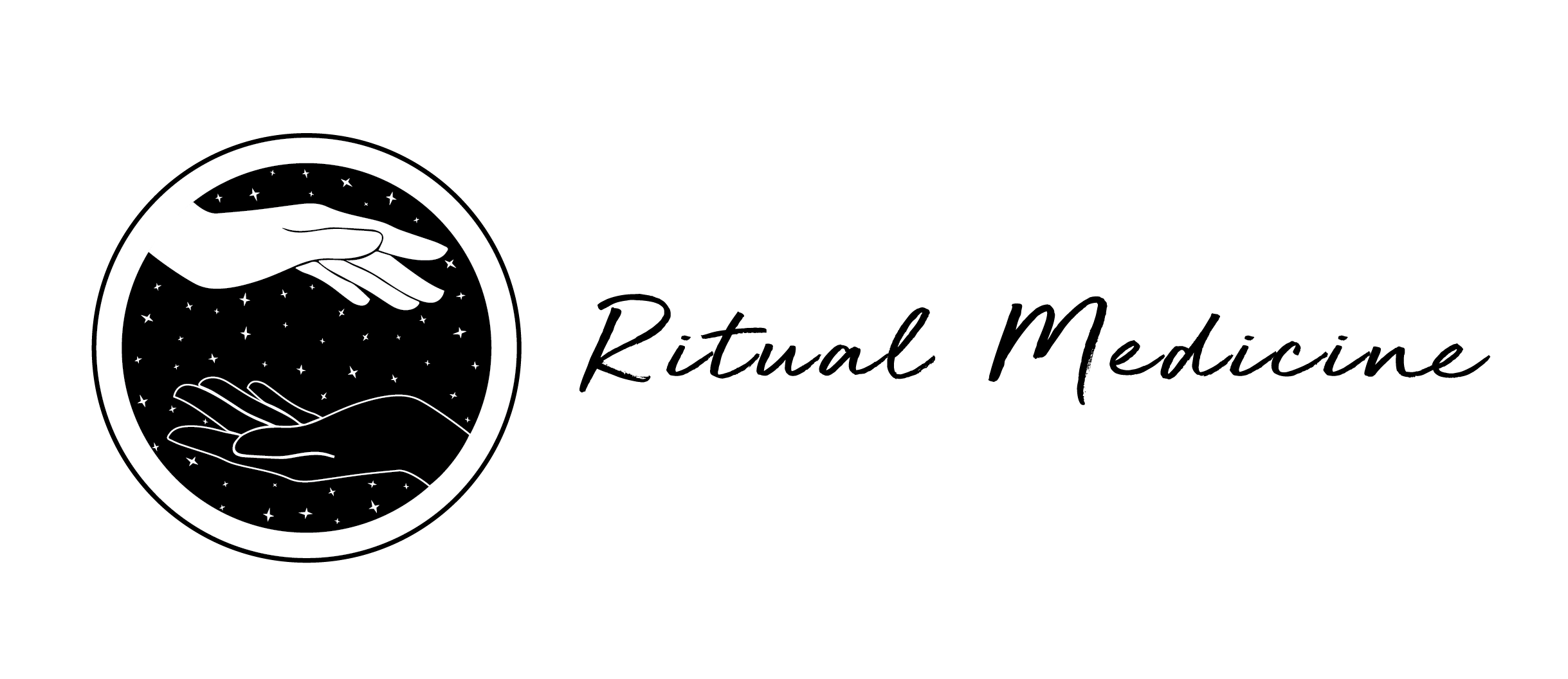Ovulation Marker #4 – Mittelschmerz
The previous three blog posts have highlighted proven methods of detecting ovulation. The bonus marker for detecting ovulation is mittelschmerz, a German word that means ‘ middle pain’.
While this marker isn’t an accurate (a.k.a official) marker for ovulation, many women experience mittelschmerz around ovulation.
Defining the word
Mittelschmerz: Pain due to ovulation that usually occurs at the midpoint between the menstrual periods. From the German mittel, meaning ‘middle,’ and schmerz, meaning ‘pain.’
Ovulation pain may occur because that follicular growth stretches your ovary before the egg’s release. It might also happen when the cyst actually ruptures, letting loose the egg along with some cystic fluid or blood, which can irritate the lining of your abdomen.
Mittelschmerz pain usually lasts a few minutes to a few hours, but it may continue for as long as a day or two.
How to know if you are experiencing mittelschmerz
While most describe it as a slight pinching sensation, you may experience pain that is:
- On one side of your lower abdomen
- Dull and cramp-like
- Sharp and sudden
- Accompanied by mild vaginal bleeding or discharge
- Rarely, severe
Mittelschmerz pain occurs on the side of the ovary that’s releasing an egg (ovulating). The pain may switch sides every other month, or you may feel pain on the same side for several months.
Keep track of your menstrual cycle for several months and note when you feel lower abdominal pain. If it occurs midcycle and goes away without treatment, it’s most likely mittelschmerz.
If you have been keeping track of your other signs of ovulation, BBT, cervical mucus, and position of the cervix, and know you are around ovulation, then mittelschmerz is an added tell, or sign, that ovulation is occurring.
I hope you enjoyed this added bonus marker!
Book your consult by calling 1 778 400 6360 or if you are not local, we can connect virtually by booking your 15 minute here.


